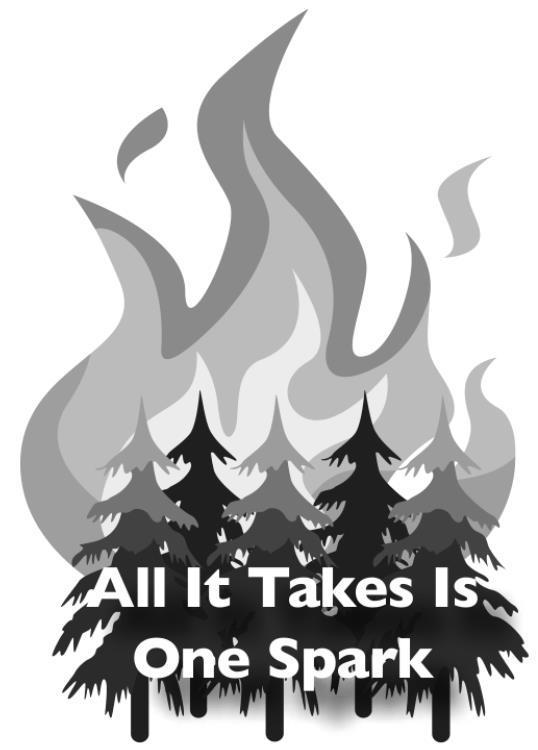All it Takes is One Spark: How NHCFR protects us from wildfires
Wildland fires are the most common type of fire that the North Hays County Fire Rescue responds to each year. If you recall the first installment of our “All It Takes Is One Spark” series, we took a look at what wildland urban interface (WUI) is and why it’s significant in understanding wildfires and how to reduce the risk. NHCFR Chief Scott Collard reiterates the importance. “The area where developed residential and commercial communities interact with undeveloped natural cover such as brush and cedar trees is known as the wildland urban interface or WUI,” Collard said. “As more homes and businesses are built among the natural cover, the fire danger is real. This is especially true when there is no defensible space created around homes and other buildings.”
Collard noted that another issue tied to this, that most people may not think about, is the size or weight of a fire truck. Oftentimes, heavily vegetated areas can make it difficult for fire trucks to access a property. “To help with these issues, we partner with the Texas Forest Service (TFS) on the presentation of a program called "Firewise." The TFS has specialists ready to assist homeowners and communities with minimizing their wildfire risk,” Collard said. “The "Firewise" program is available to every community in our fire district. For anyone looking for more information, this website is a great place to start tfsweb.tamu.edu/WildlandUrban-InterfacePrograms/.”
When it comes to responding to wildfires, rest assured that the brave men and women of NHCFR are well versed in this area. “All of our career and volunteer firefighters receive specific training for fighting wildfires. We have a wildland division consisting of firefighters who have received additional national credentialing to qualify to combat fires in Texas as well as other states,” Collard said. “Along with several other central Texas fire departments, we recently deployed personnel and equipment to California to assist with the fire disasters that were occurring there. We currently have ten apparatus in our fleet designed specifically for wildfire suppression and our other fire trucks have some capability for fighting grass and brush fires.”
Currently, the fire danger for Dripping Springs and the rest of Hays County is not low. Last week, the Hays County Fire Marshal requested that the commissioners court implement the outdoor burning ban. “There are numerous factors that go into determining the need for a ban but one of the most significant is a lack of appreciable rainfall in our county,” Collard said. “A number of our wildland fires each year are a result of outdoor burns that were not adequately controlled or were conducted when adverse conditions such as high winds were present.”
Aside from clearing brush around your homes and heeding the burn ban, there are some other things you can do to be prepared when it comes to wildfires.
“We ask that people start their preparedness well in advance of a fire event. The first thing we ask is that they get the Warn Central Texas APP (warncentraltexas. org/),” Collard said. “This is where official emergency notifications will be pushed out to the community affected by fires, floods and other events. This information can include evacuations as well as shelter-in-place orders,” Collard continued. “The next thing they should do is create a "go" bag and practice a plan for an immediate evacuation or a shelter-in-place order. Great information related to your preparedness can be found at the following website (https://www.ready.gov). Whenever you are advised by officials to evacuate, for the safety of you and your family, please do it immediately. Remember to not block roadways and watch out for emergency vehicles responding to the situation. It is important to stay calm and utilize the plan that you and your family have created.”



